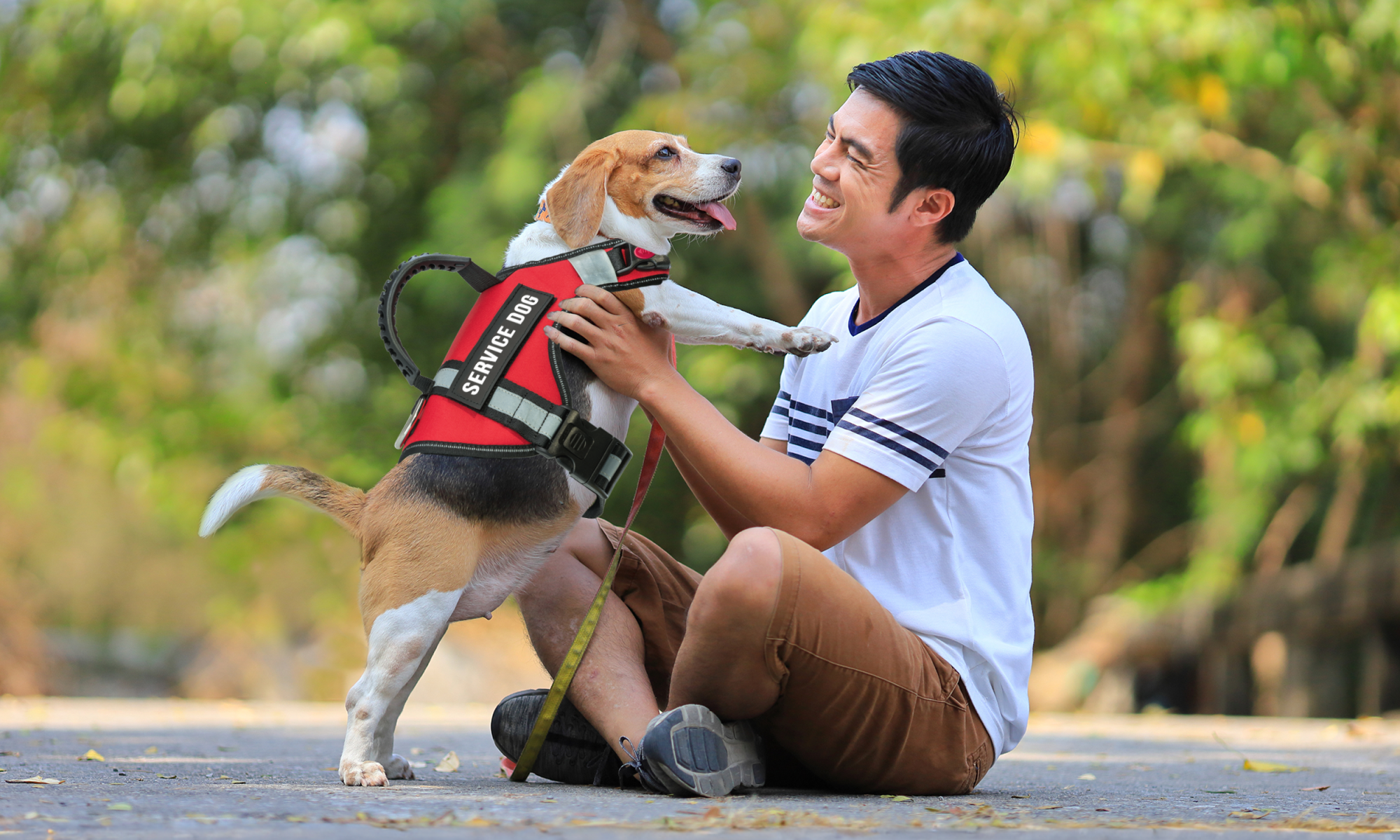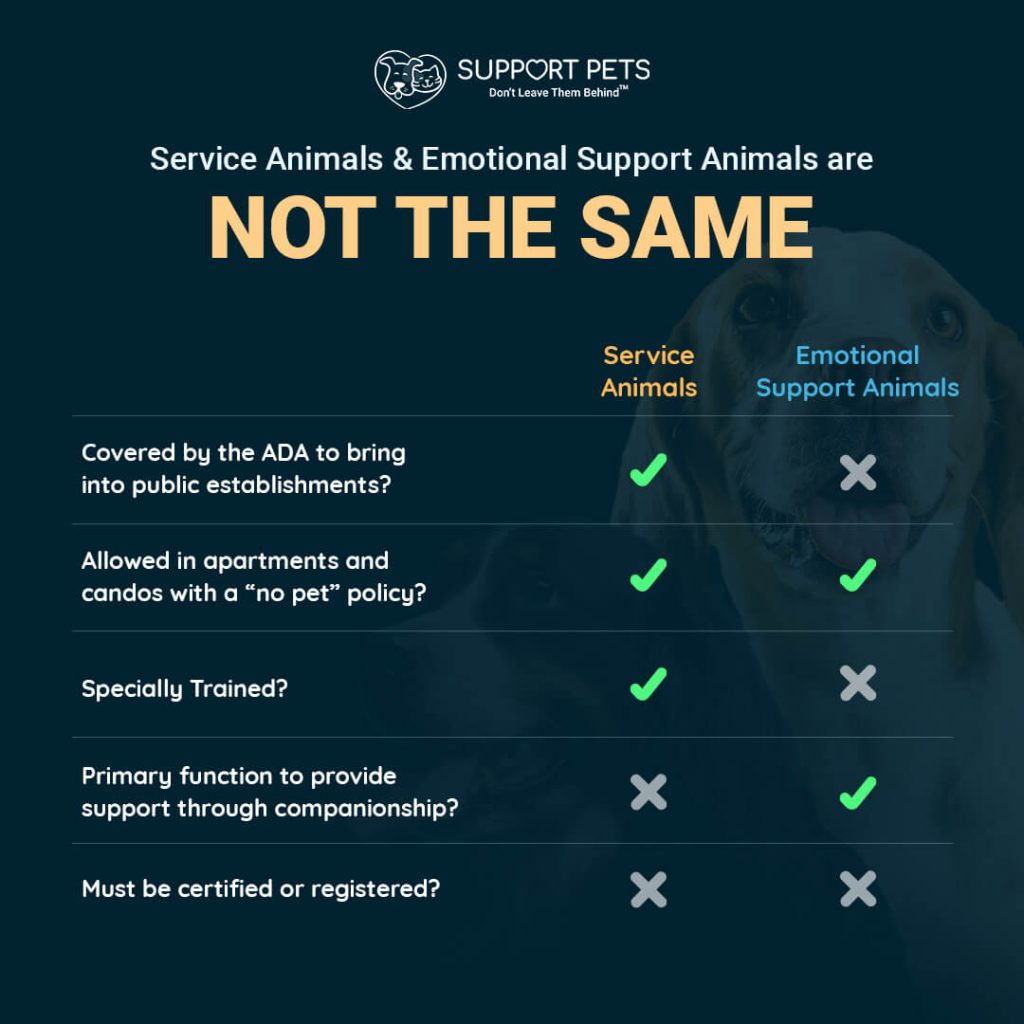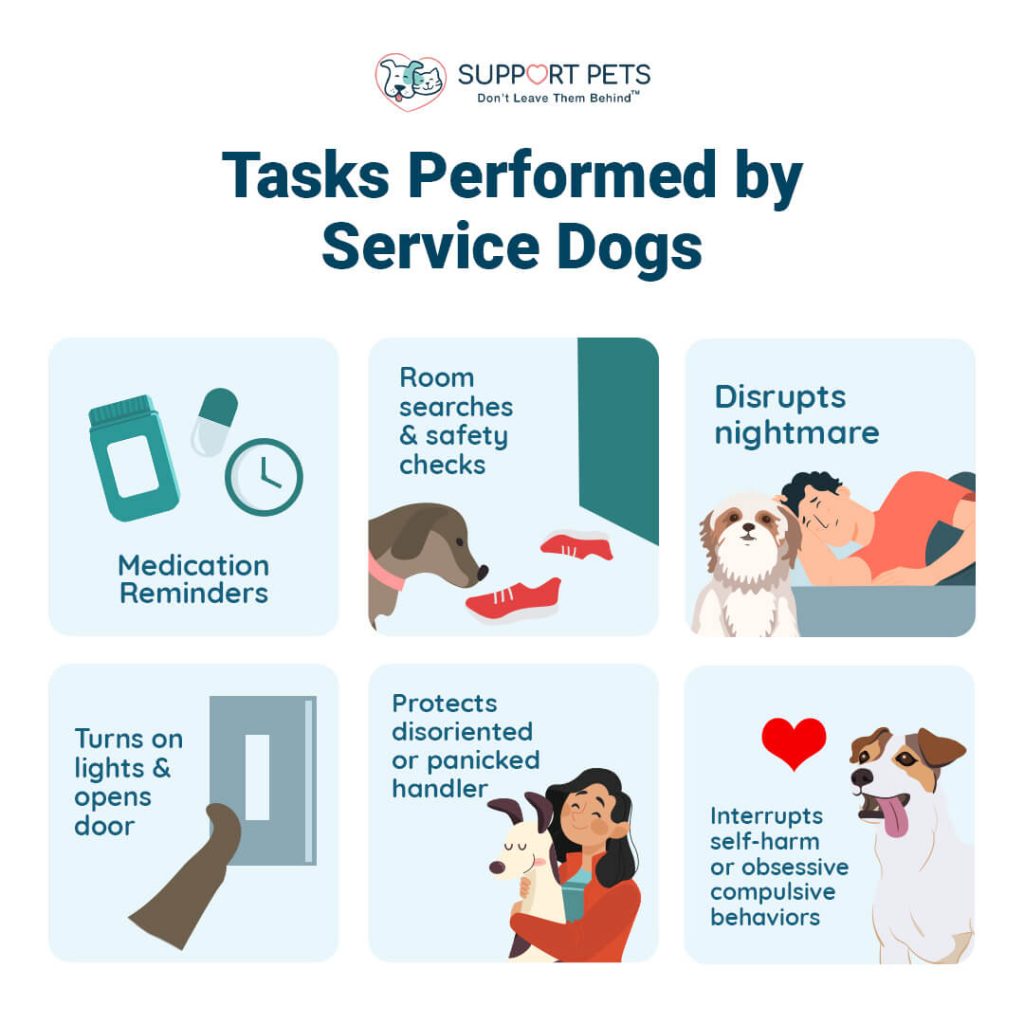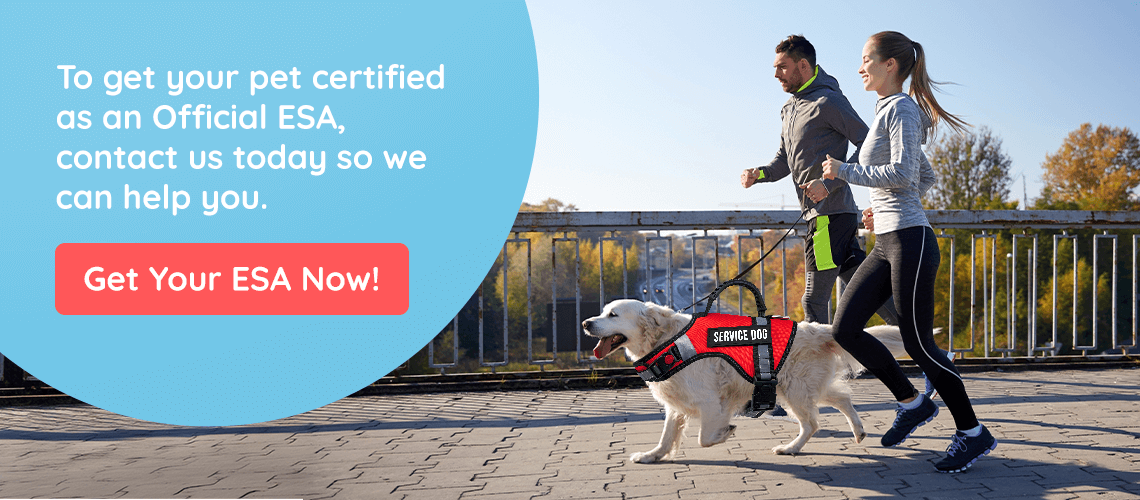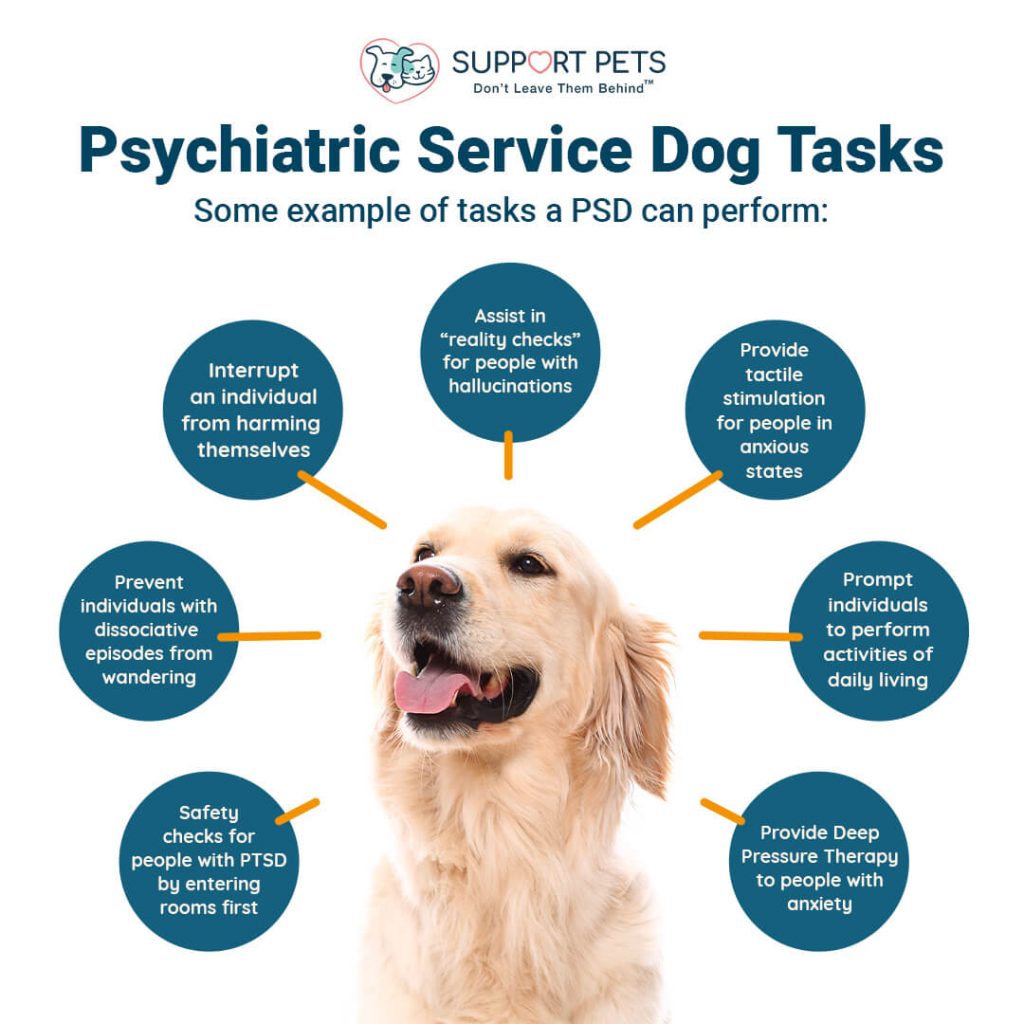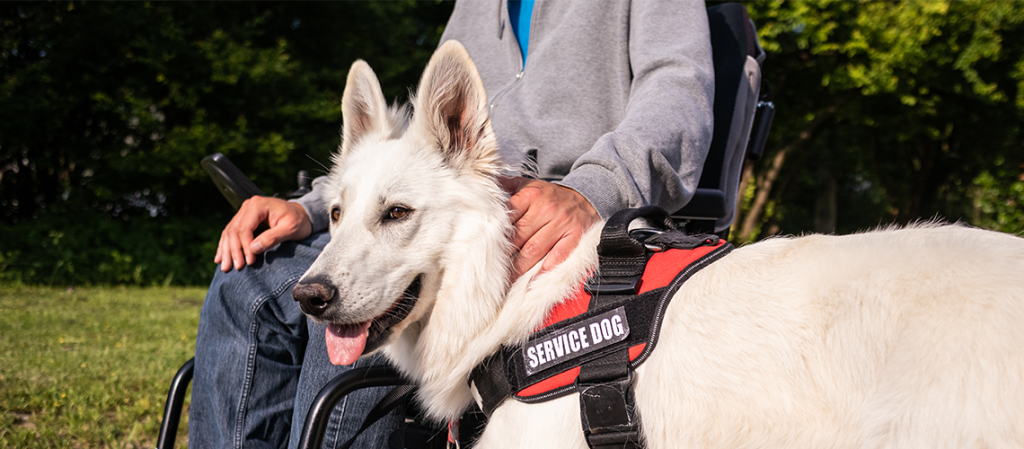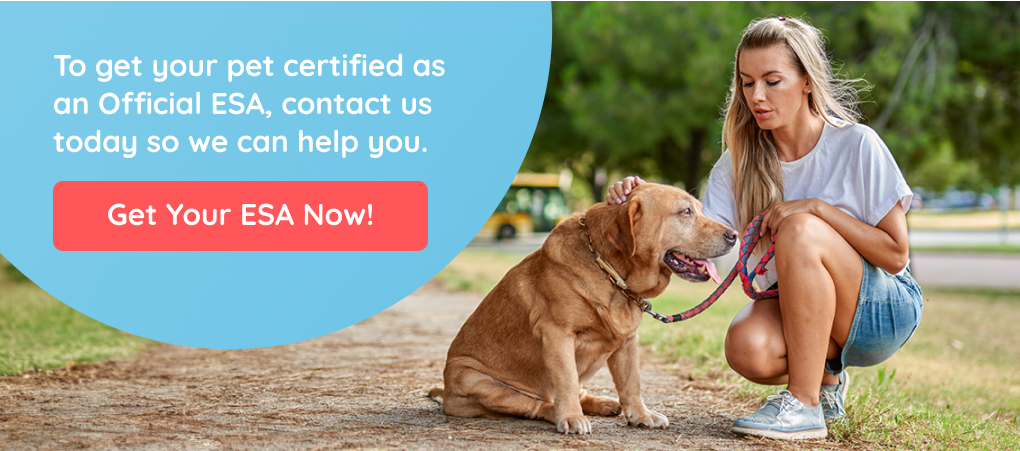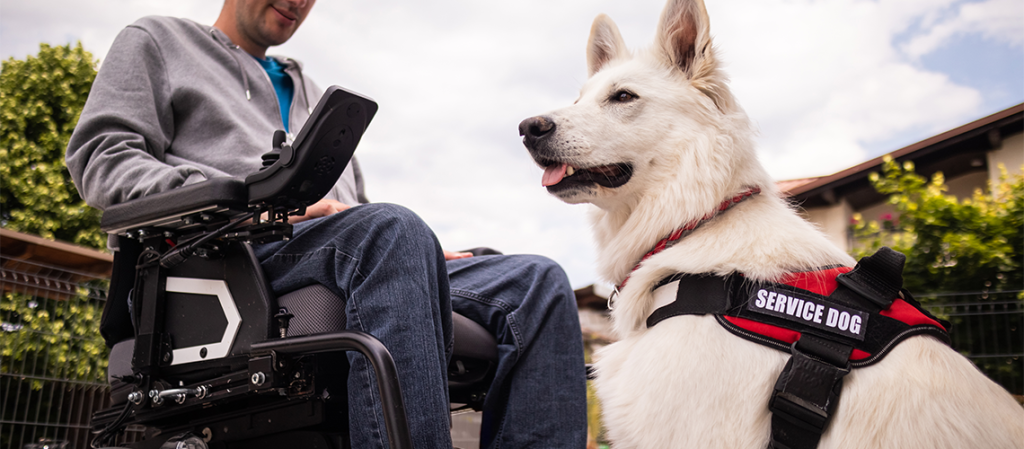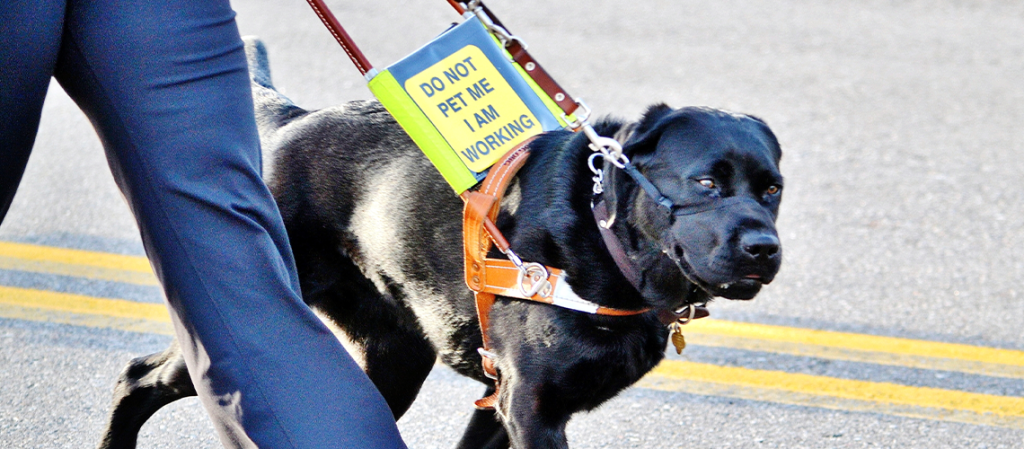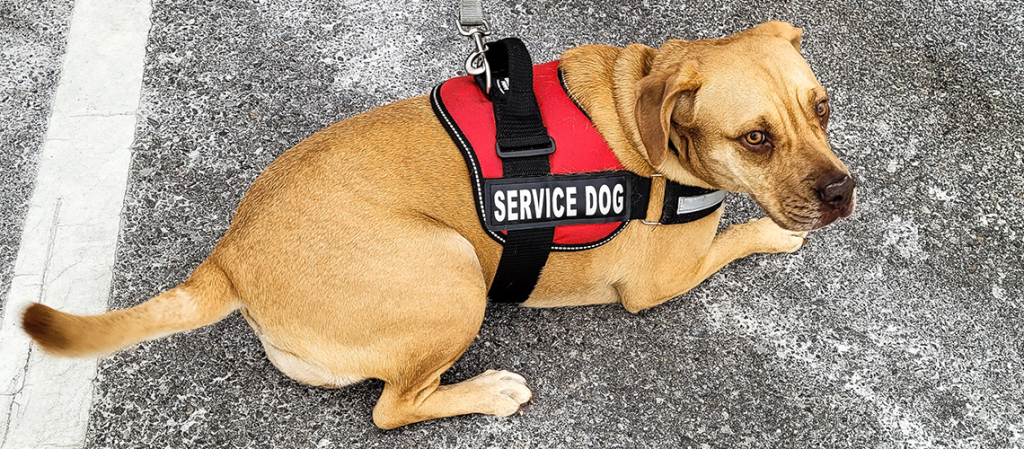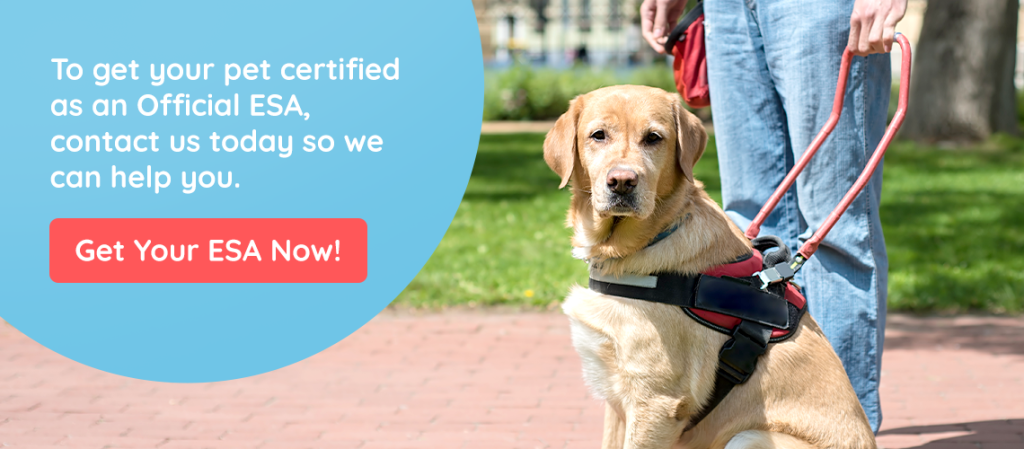Service animals play a vital role in helping people with disabilities live more independent lives. These specially trained animals perform tasks their owners cannot manage on their own. However, is it possible for a cat to be a service animal?
Known for their independence, intelligence, and unique ability to provide comfort, cats are remarkable companions. Let’s explore if cats can serve as service animals or if they fit better in other supportive roles.
What Is a Service Animal?
A specially trained service animal assists a person with a disability by performing specific tasks or duties. These tasks can include:
- Guiding people who are blind, helping them navigate safely.
- Alerting people who are deaf, letting them know about important sounds.
- Pulling a wheelchair, helping people move around more easily.
- Alerting and protecting a person having a seizure, keeping them safe during an emergency.
- Performing other special tasks, like fetching items or providing stability for someone who has trouble walking
The Americans with Disabilities Act (ADA) protects the rights of people who use service animals. This means that service animals can accompany their owners almost anywhere, including restaurants, stores, and public transportation.
If you’re wondering if your pet can qualify as an ESA, take our ESA approval quiz.

What Are Therapy Animals?
Therapy animals are different from service animals. They give comfort and love to people in hospitals, nursing homes, schools, and other places where people need extra help.
These animals do not undergo training to perform specific tasks for individuals with disabilities. Instead, they offer general comfort, companionship, and support to many people. Therapy animals can be dogs, cats, or even other types of animals. They help people feel better by being friendly and loving, which can be especially important for those who are sick, lonely, or stressed.
Can Cats Be Service Animals?
According to the ADA, only dogs and miniature horses are considered service animals. This means that cats can’t be service animals under the ADA. However, cats can still offer valuable assistance in various other ways.
Cats can be emotional support animals. They provide comfort and support to individuals experiencing sadness or anxiety. Cats can also be therapy animals. They visit places like hospitals, schools, and nursing homes to make people feel happy and less lonely.
So, while cats can’t be official service animals, they still offer valuable support and love.
Can Cats Be Emotional Support Animals?
Yes, cats can be emotional support animals (ESAs). Emotional support animals provide comfort to people with anxiety, depression, or other mental health issues. They do not need special training to perform specific tasks, but their presence alone can be beneficial. To make your cat an emotional support animal, you need an ESA letter from a mental health professional.
To find out if your cat qualifies as an ESA, take our quick and easy ESA approval quiz.
Can Cats Be Therapy Animals?
Yes, cats can also be therapy animals. They can visit hospitals, schools, and nursing homes to bring comfort to many people. Therapy cats help people feel better by providing love and companionship. When they visit these places, they often sit on people’s laps or let them pet them, which can make people feel happy and relaxed.
Therapy cats, just like therapy dogs, can help people by being warm, friendly, and calming. This can be especially helpful for people who are lonely, sick, or stressed. So, even though cats can’t be service animals, they can still play an important role as therapy animals.
What Are the Benefits of Emotional Support Cats?
Emotional support cats can provide many benefits to their owners. They can help reduce anxiety and depression, offer companionship, and improve overall mental health. Having a cat as an ESA can significantly improve a person’s quality of life.
What Service Animals Are Recognized by the ADA?
Under the Americans with Disabilities Act (ADA), only dogs and miniature horses are officially recognized as service animals. These animals assist individuals with disabilities by performing specific tasks tailored to their needs. Unfortunately, the ADA does not classify cats as service animals and does not recognize them in this role.
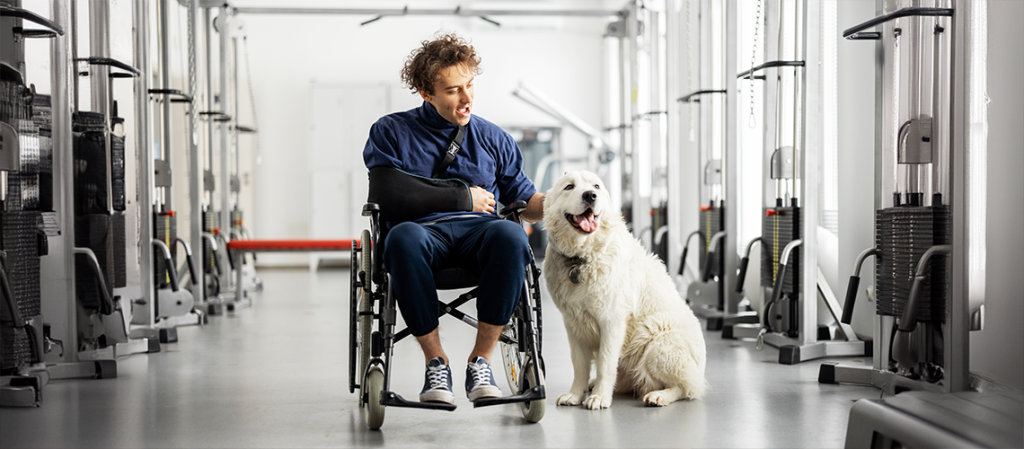
What Training and Registration Are Needed for Emotional Support Cats?
Even though cats can’t be service animals, people can train them to give emotional support. Emotional support cats do not need the same training as service dogs. However, they should be well-behaved and able to comfort their owners.
To register your cat as an emotional support animal, you need an ESA letter from a mental health professional. This letter says that you need your cat for emotional support.
Curious if your cat can become an ESA? Take our ESA approval quiz to find out.
Conclusion
Cats are not recognized as service animals under the ADA. However, they can still offer emotional support and therapy. They can serve as emotional support animals and therapy animals. They offer significant benefits for individuals struggling with anxiety, depression, or other mental health challenges.
Understanding the various roles that animals can play helps us appreciate their support even more. Whether it’s a service dog, a therapy animal, or an emotional support cat, these animals provide essential help and comfort, making a profound impact on many lives.
Ready to see if your pet qualifies as an ESA? Take our ESA approval quiz today!




